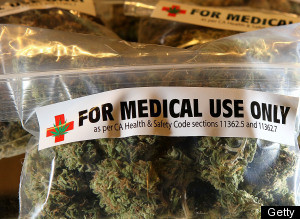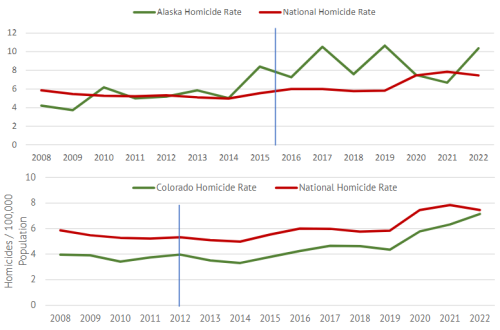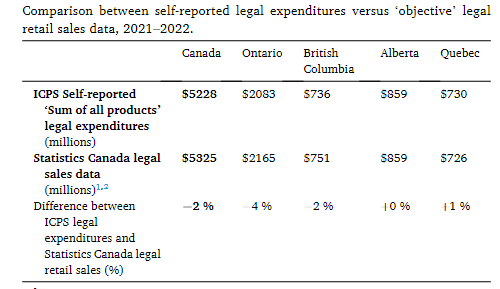By Dr. Andrew Weil, Founder and director of the Arizona Center for Integrative Medicine

If an American doctor of the late 19th century stepped into a time warp and emerged in 2010, he would be shocked by the multitude of pharmaceuticals that today’s physicians use. But as he pondered this array (and wondered, as I do, whether most are really necessary), he would soon notice an equally surprising omission, and exclaim, “Where’s my Cannabis indica?”
No wonder — the poor fellow would feel nearly helpless without it. In his day, labor pains, asthma, nervous disorders and even colicky babies were treated with a fluid extract of Cannabis indica, also known as “Indian hemp.” (Cannabis is generally seen as having three species — sativa, indica and ruderalis — but crossbreeding is common, especially between sativa and indica.) At least 100 scientific papers published in the 19th century backed up such uses.
Then the Marihuana Tax Act of 1937 made possession or transfer of Cannabis illegal in the U.S. except for certain medical and industrial uses, which were heavily taxed. The legislation began a long process of making Cannabis use illegal altogether. Many historians have examined this sorry chapter in American legislative history, and the dubious evidence for Cannabis addiction and violent behavior used to secure the bill’s passage. “Under the Influence: The Disinformation Guide to Drugs” by Preston Peet makes a persuasive case that the Act’s real purpose was to quash the hemp industry, making synthetic fibers more valuable for industrialists who owned the patents.
Meanwhile, as a medical doctor and botanist, my aim has always been to filter out the cultural noise surrounding the genus Cannabis and see it dispassionately: as a plant with bioactivity in human beings that may have therapeutic value. From this perspective, what can it offer us?



